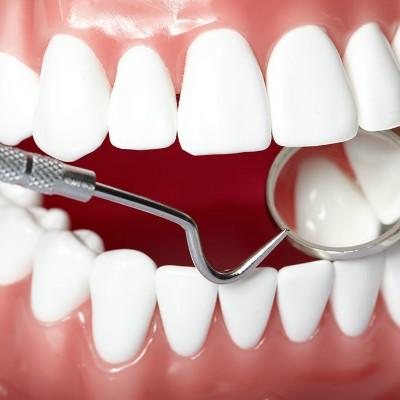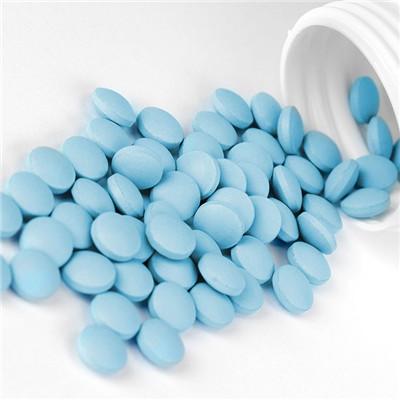Can pleural adhesion bleed
summary
Most of the so-called pleural adhesions are caused by pleural effusion in patients, which can be caused by careless treatment. If we don't deal with it or treat it at the beginning, it will make the adhesions thicker. Let's talk about whether the pleural adhesions will bleed.
Can pleural adhesion bleed
First: the so-called pleural adhesion is the relative two layers of pleural adhesion. The disease is caused by tuberculosis, pleurisy and chest injury. The reason is that there is often exudative effusion in the pleural cavity of patients with such injuries. Once the fibrin in the effusion is deposited on the pleura, it can lead to pleural thickening. If fibrin is continuously deposited, the two layers of pleura will gradually adhere, or there is granulation tissue hyperplasia in the pleural cavity, it can also lead to pleural thickening and adhesion.
Second: pleural thickening and adhesion, there are limitations and extensive points. Extensive adhesion of visceral layer will affect the respiratory function of lung. Extensive adhesion of parietal layer will lead to narrowing of intercostal space and narrowing of thorax. The limited motion of the costo diaphragmatic angle is often weakened. Besides membranous pleural adhesions, there is also a kind of cord like pleural adhesions, which mainly occurs between the chest wall and a lung surface.
Third: seen in clinical patients, often both pleural thickening, and pleural adhesion. The clinical manifestations are different, but chest pain or dyspnea are common. Localized pleural thickening and adhesions are common in the costo diaphragmatic angle, which makes the costo diaphragmatic angle blunt, shallow or flat. The diaphragmatic movement was weakened under fluoroscopy. Pleura may also have more extensive layer like thickening and adhesion.
matters needing attention
The clinical symptoms of pleural adhesion are not the same, which will cause patients to show different symptoms. In this way, adhesion is mainly caused by lung lesions, in general, it is not often bleeding, patients do not need to cause too much pressure to themselves.















